“Like stars in the sky, soul energy lights up the landscape of the earth.”
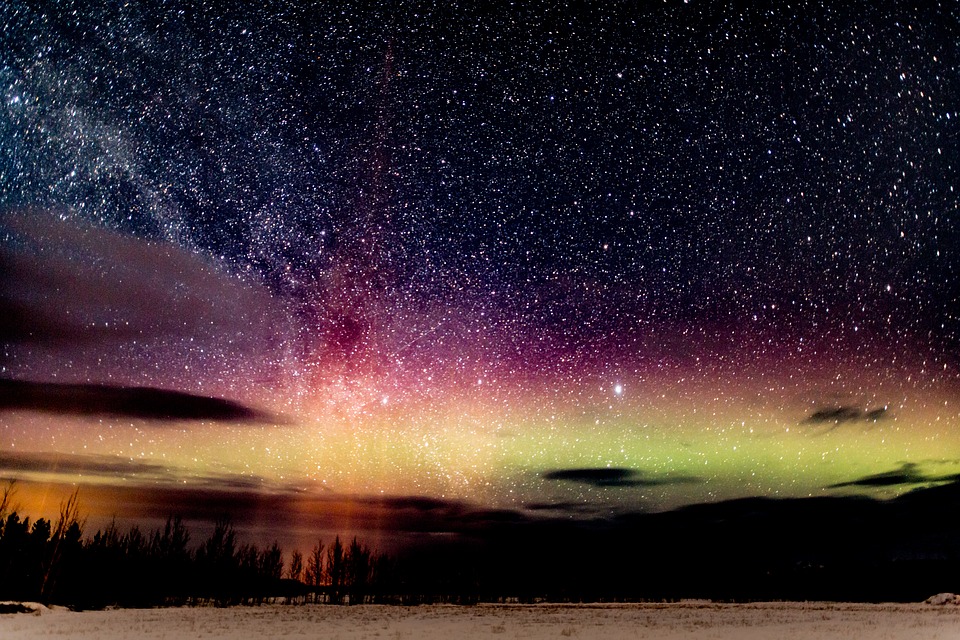
“Whose soul gives no light shall never become a star.” ~William Blake
When we think of creativity, we often think of great artists, writers, scientists, inventors and innovators. We may even consider people who have created new social models and movements that highlight creative ways to shape society. Among these we can mention: the Magna Carta, feminism, Civil Rights, nonviolence, the Green movement. What we don’t always realize is that creativity is a spiritual energy, a power that is innate in everyone and is used in all fields of human activity ranging from the arts to business to everyday inventions, practices and social behaviors. Like Nature, that great source of planetary creativity, human beings are all creative in large or small ways and each of us contributes to the work of creative innovation within culture.
The energy of personal creativity, which I have named the Innate Creator, makes use of intuition, memory, and insight and works through the heart and mind. Creativity needs time, intention, solitude, and practice to develop. A child expresses innate, creative intelligence in the early years until this multidimensional intelligence is largely flatlined by school experiences that do not value the wonder of the imagination. Too many children are turned away from using their imaginative mind and urged to strengthen the logical machine-mind full of facts and numbers. Einstein put it this way: “The logical mind will take you from A to B, but the imagination will take you everywhere.”
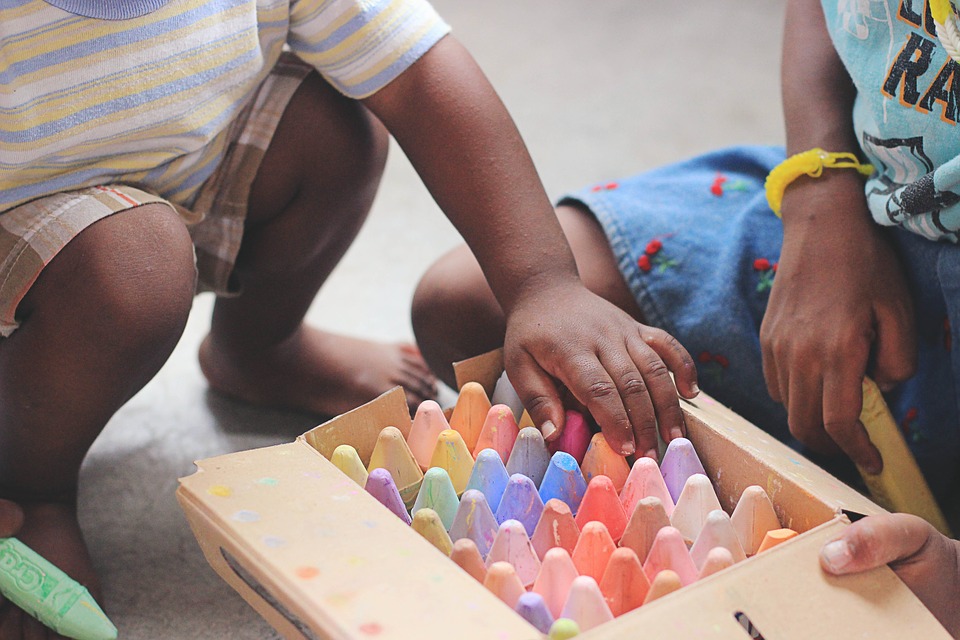
What might happen if education offered creativity and creative thinking across the curricula from kindergarten to graduate school; if teachers cultivated and valued their own creativity? How would this form of education nurture the Innate Creator in each of us? When the Innate Creator is valued, people more easily reach their potential and are more joyful in doing their life and work. They become better, more peaceful problem solvers and learn to use generosity of vision to face the world.
Though we are all born with creative potential few people become lifetime creators. The Innate Creator remains awake in creators who make time to seek daily opportunities to reflect on their experiences and insights. These people use their will to carry out creative projects using the form and process that best expresses their talents.
In discussing creativity, it is important to realize that the creative is the power of the imagination to transform. Developing the logical over the imaginative leaves people lopsided. It leaves them in boxes, not of their own making. If education is the key to our human development, we can develop the creative mind to become what Jean Houston has called, “the possible human.” To this end, we need to better understand that the Innate Creator is expressed first and foremost through the free-flowing imagination, the childlike, playful child within — our Innate Magician.
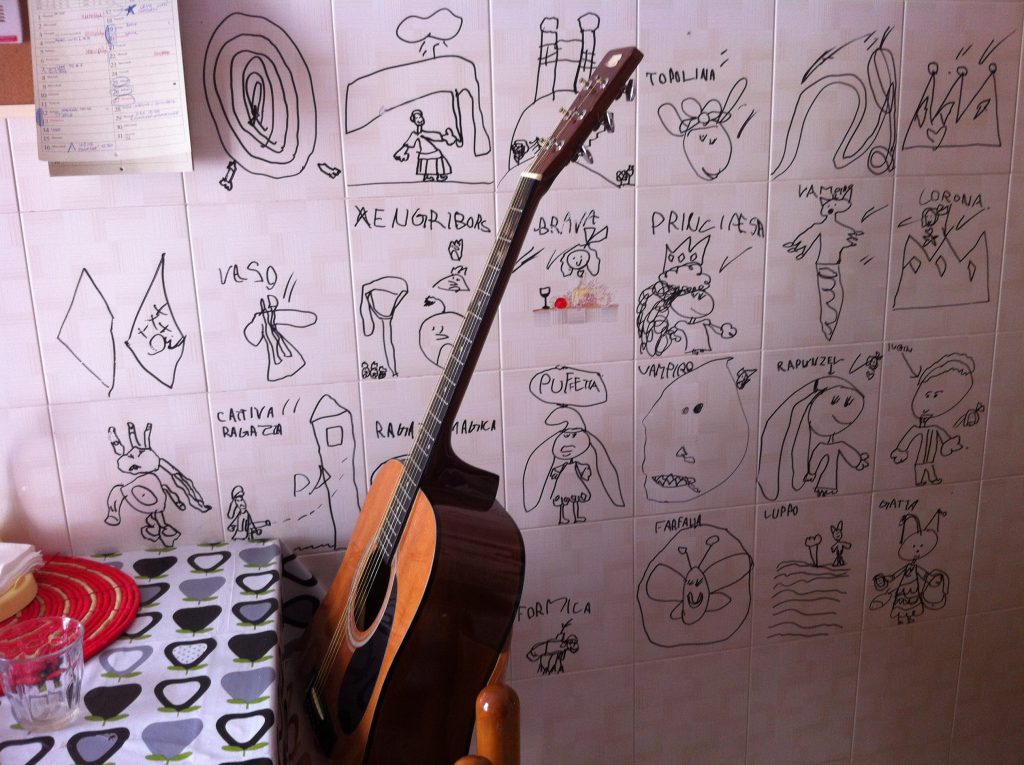
For the past decade or so, I have taught classes and workshops on the spiritual nature of creativity. Most people who come to these courses are interested in knowing more about creativity and want to reconnect with their personal creativity. So we begin by identifying the spiritual nature of the Innate Creator and they discover ways to re-ignite the inner, creative fire. They re-learn to cultivate their spiritual intelligence in each creative act they undertake.
In the process of teaching courses in exploring creativity and creative writing, I have discovered that creativity bridges our personal life purpose and the soul’s code for our life. Its spiritual power helps us to engage the sublime in our nature. Expressing rather repressing the sublime is what creativity is about. As we remain courageous and open on the creative journey, we learn that creativity is the imagination of our soul, our spiritual intelligence (SI), that higher creativity is guided by spirit.
Everyone who nurtures his or her own imagination uses personal creativity to pursue life goals in ways that are not always dictated by the ego. More and more, in a world driven by material goals, social and parental forces support the development of logical thinking to the detriment of imaginative thinking. Too often, creativity is pursued as a material power. Connecting the heart and the mind opens us up the spiritual aspect of creativity, our Spiritual Intelligence.
As mentioned, the creative mind is largely ignored in most forms of modern education, which tends to separate creative work from other subjects and does not encourage creative modes of learning. Joyful learning is creative and soul affirming. Rote learning is soul murder. When a child’s natural imagination in all areas of learning is not nurtured after the age of eight or nine, there is less probability that the child will continue to use the creative gifts s/he has expressed in the early years of learning. The fact is that the logical, analytical mind, or sign mind, associated with math and science is nurtured by the same creative intelligence that animates the humanities—art, writing, design and so on. The imaginal and the logical have roots in the imaginative mind or design mind. There is no separation between the heart and mind, yet we have made it so. Five hundred years ago, Rene Descartes developed a philosophy that informs all models of mechanistic education and by extension life. His dictum, “ I think, therefore I am” separated thinking from feeling. And look where that got us!
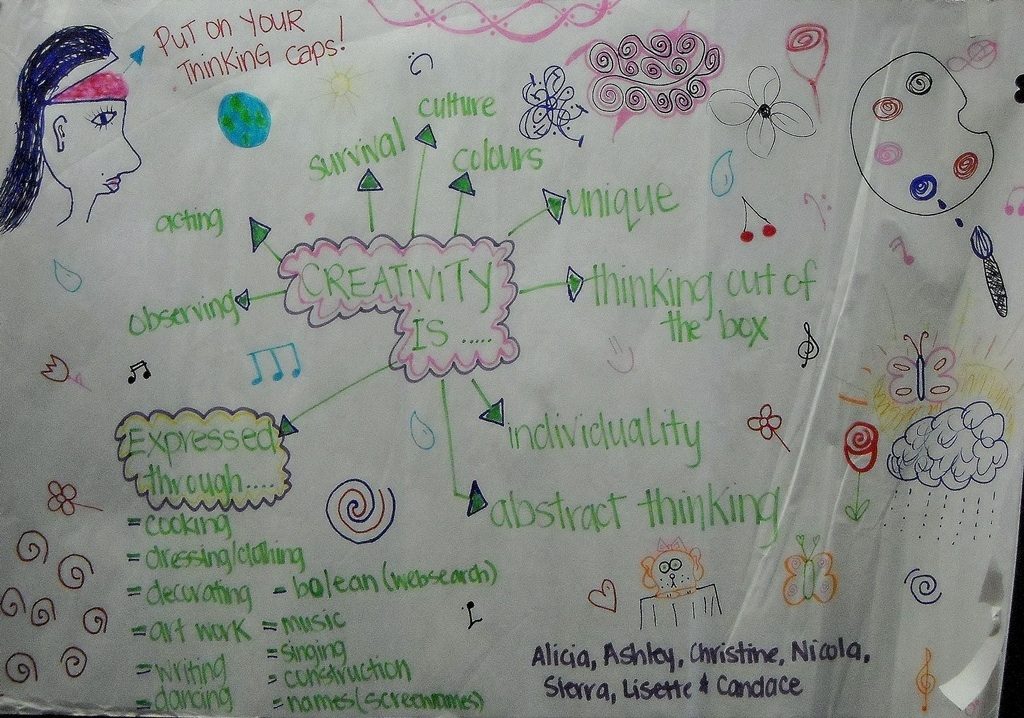
The creative in us is fueled by feelings. Imagine what humanity could achieve if all children and young people were encouraged to develop the imaginative or feeling mind, alongside logical ways of thinking? If what Daniel Goleman calls “emotional intelligence” (EI) became as important as intellectual forms of intelligence; the so-called IQ. When the heart and the mind are developed equally and work in coherence, we would achieve spiritual intelligence (SI)— the next step to human evolution.
When individuals no longer use wonder and passion to meet the world, they soon forget their own creative power. When people lock away the inner child, the Innate Creator, in a dark room and hide the keys, eventually, any connection with the imagination becomes muted; they become mere consumers making little contribution to their own life and to social milieu. The majority of people, who have hidden or deny their creative self, remain fragmented and in time, lose touch with their wellness and wholeness.
Healing energy is an inherent principle of creativity. When we actively use our creative power, we bridge the inner fragmentations and learn to become more whole. An activity I love to share with adult learners is the Letter to the Child. I ask people to draw a picture of themselves and around it to write some of the ways they expressed their creativity as children. Then I ask them to reflect on these activities and write a letter to the child they were, saying how much they appreciate their creativity and what it felt like to be creatively engaged. The letter is a conversation between the neglected Innate Creator and the insecure grown up who may not be using her/his creativity and is in the grip of the inner critic. The internalized critic tells us not to play, to be practical and bored. A creative person is never bored.
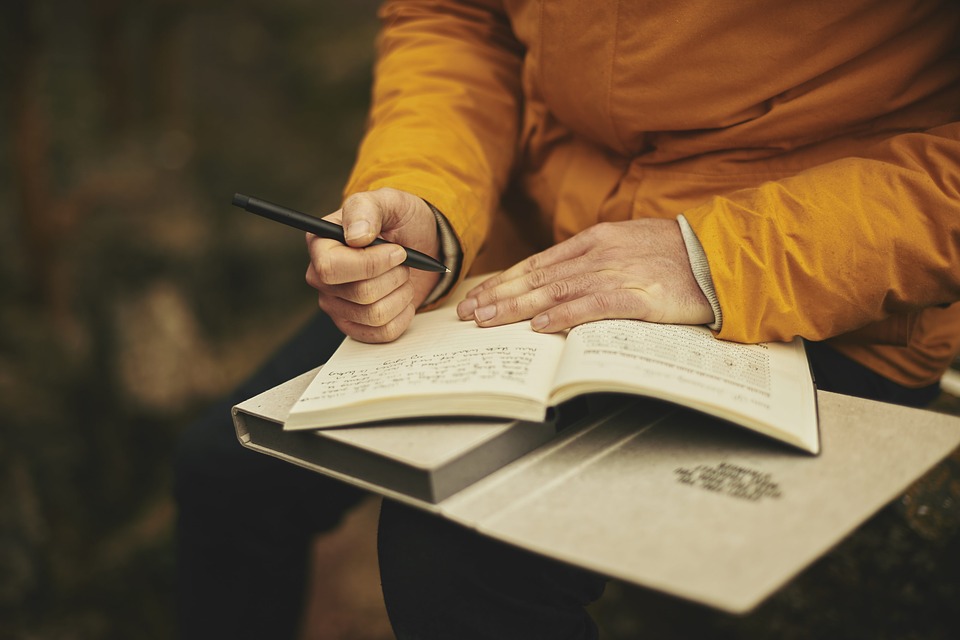
In discussing creativity, I ask learners and workshop participants to consider the following questions:
-
Can we open to perceive the creative imagination as the gift of spirit to human beings, that imagination is the intuition of the soul?
-
What would happen if everyone used this dynamic power to enter into the mystery of the self?
-
We all have this capacity. Are we each willing to use it everyday? To value its divine source?
When we realize that creativity is a higher intelligence and understand its true nature, we can further affirm that personal creativity is the soul’s light illuminating the life path. As our personal power, it represents our true voice, the Soul’s Voice-in-time. The soul expresses its dream for our life through the quiet voice of the Innate Creator, which belongs to the life of the soul. We are more likely to expand our human potential, when the Innate Creator encourages us to play, to take risks and to create for our nourishment, pleasure and growth.
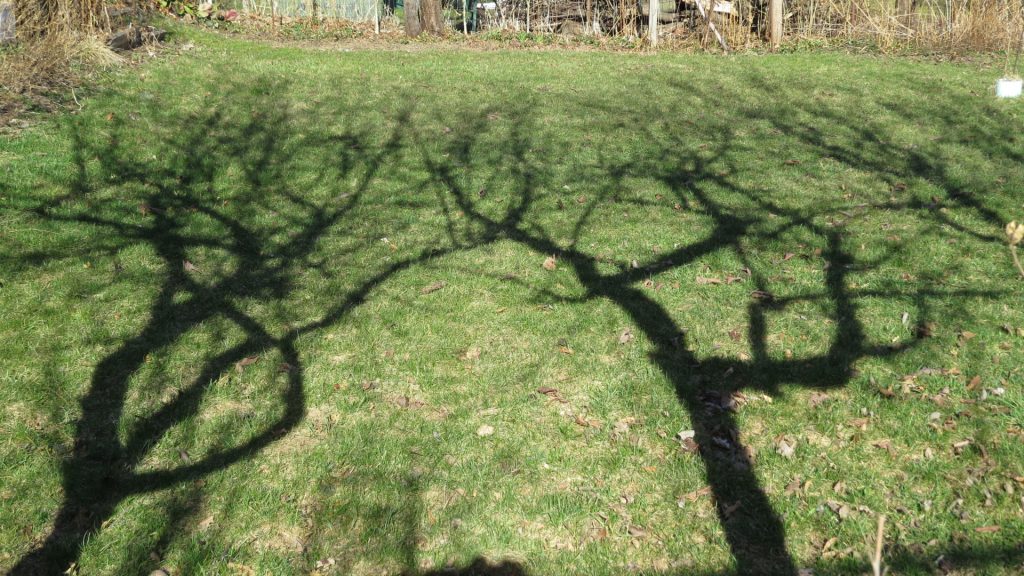
The root word “magi” in the word imagination points to creativity as our personal magic, our source of innate wisdom. The secret worlds of the imagination are linked to our ability to daydream. Fantasy writer Neil Gaiman writes,
“Everybody has a secret world inside of them. All of the people in the whole world—I mean everybody—No matter how boring they are on the outside, inside them they’ve got unimaginable, magnificent, wonderful, stupid amazing worlds. Not just one world. Hundreds of them. Thousands, maybe.”

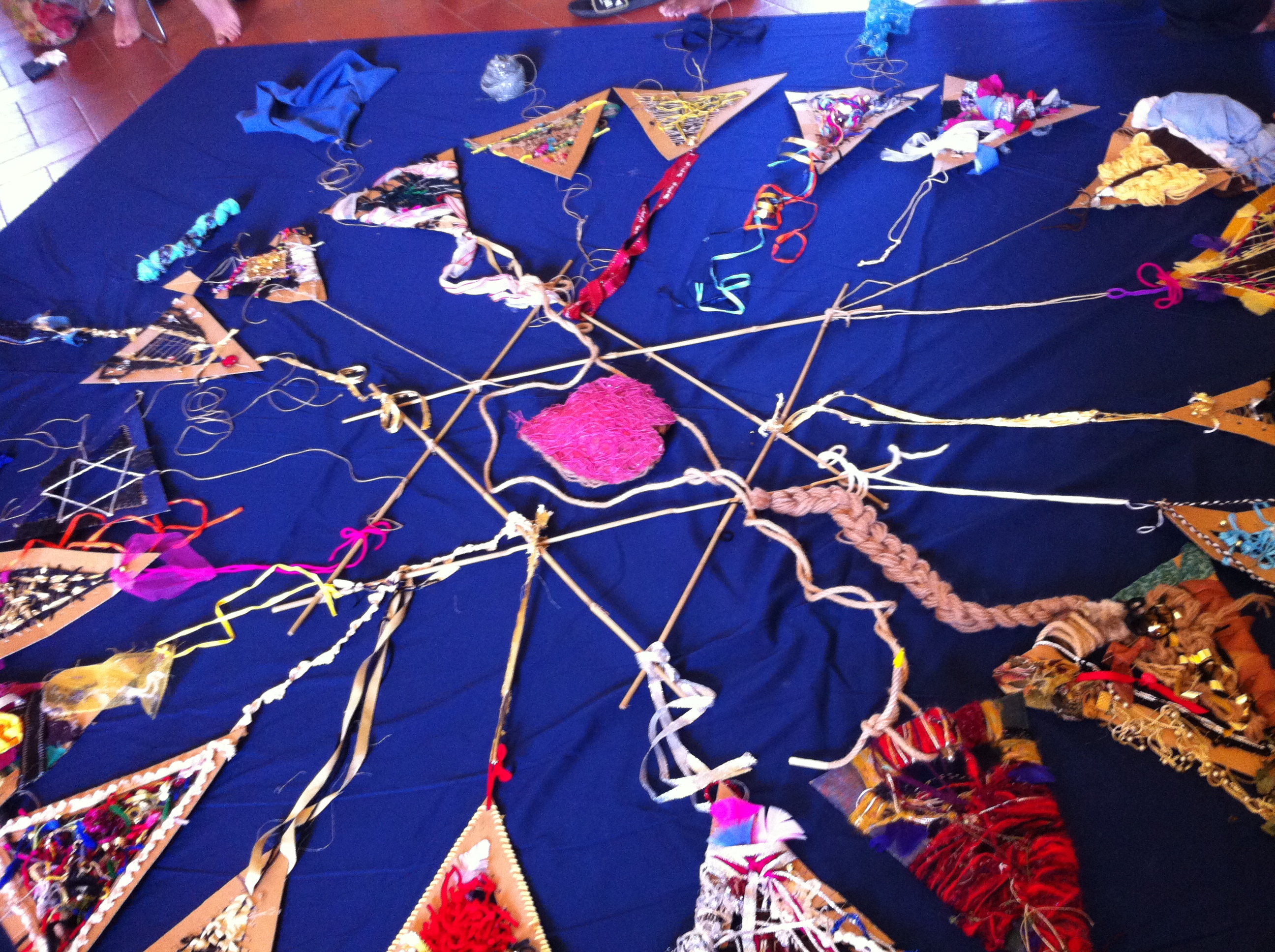
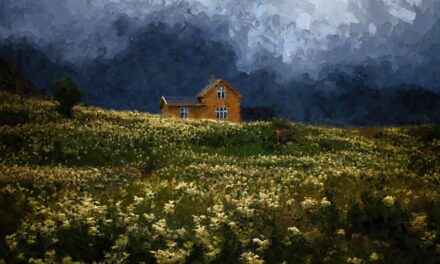
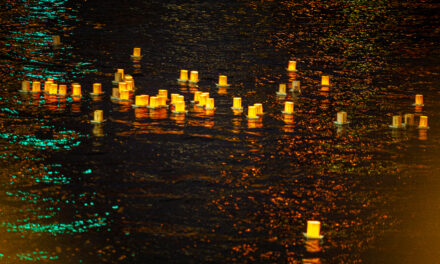
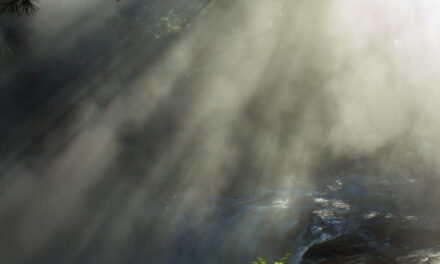
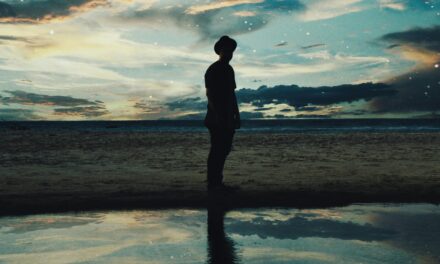

Happy to have found this site.
I am thinking. I will enjoy exploring the content of this site. Glad to have been lead to it. Thank you Carol V.
This article is just wonderful! I am a PhD student at California Institute of Integral Studies in San Francisco and I am studying this within my personal art practice as well ad within my study. I would love to connect to you about your work. It is really breath taking to see such a similar way to approach art and creativity!
Gabrielle Marie Luo